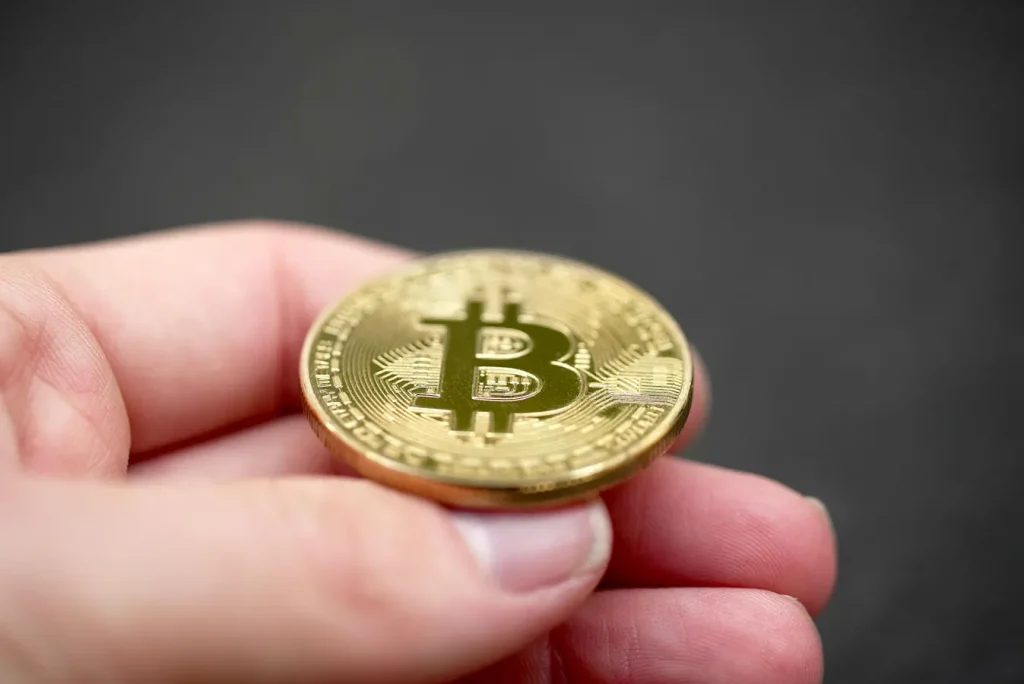Gold’s Rise in 2024: The Surprising Rivalry Between Gold and Bitcoin
In a surprising twist that has left many cryptocurrency enthusiasts scratching their heads, 2024 has seen traditional gold outshining its digital counterpart. While Bitcoiners have rarely yearned for gold’s old-world appeal – and why would they, given Bitcoin’s nearly 1,000% growth over five years compared to gold’s mere doubling – this year has flipped the script. Gold has surged an impressive 45% since January, while Bitcoin has managed just a 20% climb. This unexpected reversal has created a curious case of “metal envy” among digital currency advocates who are suddenly questioning whether their “digital gold” has lost some of its revolutionary luster.
The reasons behind gold’s resurgence tell a complex economic story. Nervous central banks and pension funds, increasingly unsettled by persistent inflation, growing deficits, and global instability, have been pouring money into gold’s battle-tested market. It’s not that Bitcoin is necessarily faltering – the disappointment stems partly from the reality that Bitcoin, despite philosophical comparisons to gold, behaves more like a tech stock in trading patterns. This fundamental difference in market behavior reveals the gap between Bitcoin’s aspirational identity and its practical reality. The philosophical kinship between these assets isn’t merely market chatter – both share critical qualities that appeal to skeptics of government-issued currencies. They’re scarce resources immune to central bank printing presses, making them attractive to anyone questioning the long-term viability of fiat money. This conceptual bridge helps investors mentally anchor digital currency to something tangibly valuable with thousands of years of human trust behind it.
Bitcoin’s relationship with gold runs deeper than market analytics. Bitcoin’s mysterious creator, Satoshi Nakamoto, deliberately referenced gold’s regulatory history, tying his online birthday to both Executive Order 6102 (the 1933 ban on private gold ownership) and its eventual repeal in 1975. Early Bitcoin evangelists like Trace Mayer began as gold advocates before seeing digital scarcity as the natural evolution of sound money principles. However, despite these philosophical connections, the market behavior of these assets tells a different story. Bitcoin trades with a 0.32 correlation to the tech-heavy Nasdaq 100, while its correlation to gold is a mere 0.09. In practical terms, Bitcoin rises and falls with Silicon Valley’s fortunes rather than responding to the same economic forces that drive gold prices. This reality creates a fundamental disconnect between Bitcoin’s aspirational identity as “digital gold” and its actual market behavior as a high-risk, high-reward technology investment.
The current gold rally demonstrates institutional economics in action. Central banks, concerned about a weakening U.S. dollar and global uncertainty, are accumulating gold at such rates that their combined gold holdings may soon exceed their U.S. Treasury positions for the first time since the mid-1990s. Lawrence Lepard, founder of Equity Management Associates, describes the situation as a potential “crack-up boom” – an Austrian economics term for when excessive money printing drives people toward hard assets. Gold is receiving the initial benefit because pension funds and central banks have regulatory clearance and comfort with the traditional metal, while many institutions are still cautious about Bitcoin’s volatility and regulatory uncertainties. The adoption gap remains significant: while approximately 295 million people worldwide own Bitcoin, a single 2024 survey indicated that 81% of Chinese respondents own gold jewelry – potentially more gold owners in one country than Bitcoin holders globally. Gold’s established liquidity and clear regulatory status make it the preferred option for major institutions sensing economic trouble on the horizon.
Both assets ultimately represent bets against a potentially weakening fiat currency system, albeit with different risk-reward profiles. Investors like Lepard who understand this dynamic have embraced both, with his EMA GARP fund holding positions in precious metals miners and Bitcoin. When fellow Bitcoin enthusiasts express frustration about Bitcoin’s relative underperformance this year, Lepard offers perspective: “Guys, don’t you realize we’re up 80% year over year? That’s not bad, you know?” This balanced view recognizes that while gold currently has momentum, Bitcoin’s 20% year-to-date growth still outpaces traditional markets and represents significant returns by conventional standards. Furthermore, Bitcoin’s historical performance patterns suggest potential strength in the coming months. Since 2013, September has typically been Bitcoin’s weakest month with an average 3% decline, while October and November have historically delivered rallies averaging 22% and 46% respectively. If these seasonal patterns hold, Bitcoin could potentially surpass gold’s performance by the holiday season.
The gold-Bitcoin rivalry ultimately reveals more about investor psychology and market evolution than about either asset’s inherent value. Gold represents the grizzled veteran of alternative assets – stable during market turmoil with thousands of years of human trust behind it. Bitcoin embodies the revolutionary upstart – still finding its place in the financial ecosystem while demonstrating remarkable growth potential. While gold leads in 2024, a longer view shows Bitcoin dramatically outperforming over a five-year horizon. Both assets serve different purposes in a diversified portfolio seeking protection from currency debasement and economic uncertainty. As traditional financial institutions gradually warm to cryptocurrency and regulatory frameworks mature, the relationship between these competing “sound money” alternatives will continue evolving. For investors, the takeaway isn’t about choosing one over the other, but understanding how each responds to different economic conditions and how they might complement each other in a comprehensive investment strategy designed to weather various financial storms.


